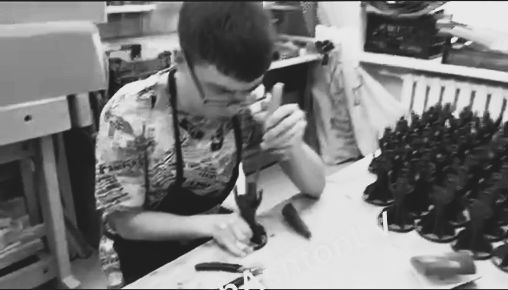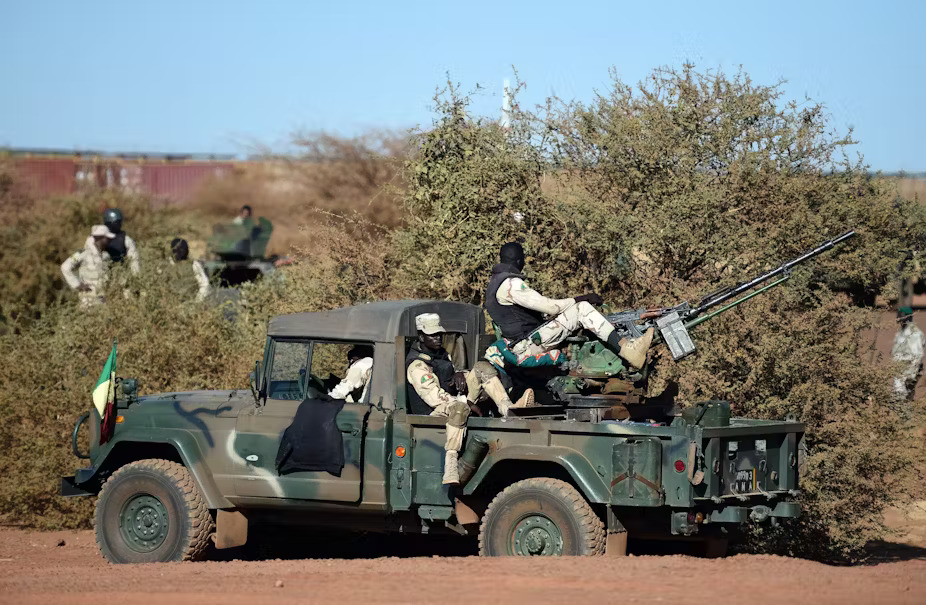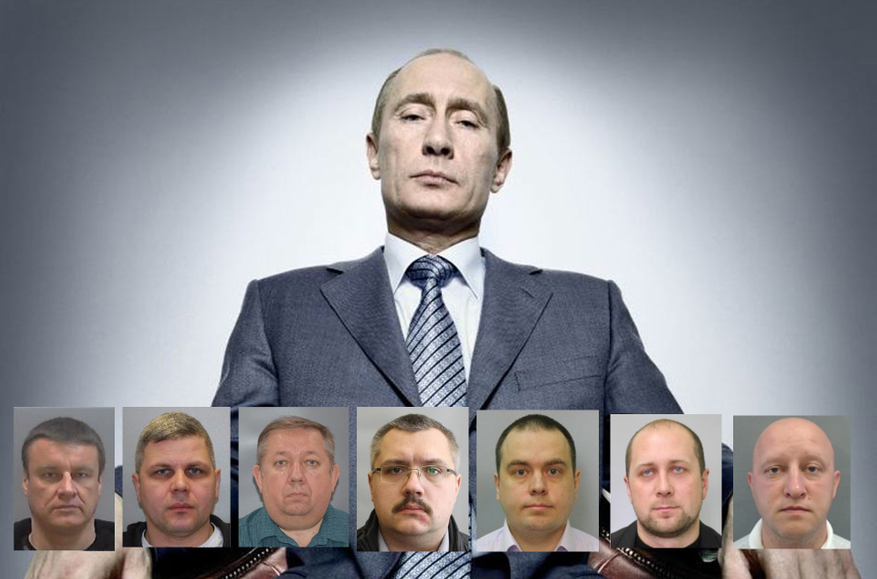Neighbours’ Security Interests Must Be Central to Ukraine ‘Peace Process’

Friday’s “peace summit” in Anchorage was not about peace. It was about war, specifically how Russia can continue to fight a war Vladimir Putin believes he is now winning, while pretending he wants “peace”. It was about the rehabilitation of a disgraced leader wanted by the International Criminal Court in The Hague. It was about an opportunistic rapprochement between two great powers whose heads of state are eager “to do business” with one another. None of this has anything to do with bringing lasting peace to Ukraine.







